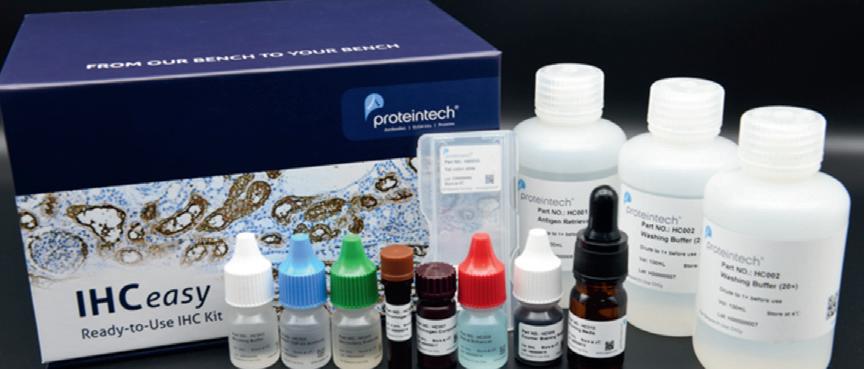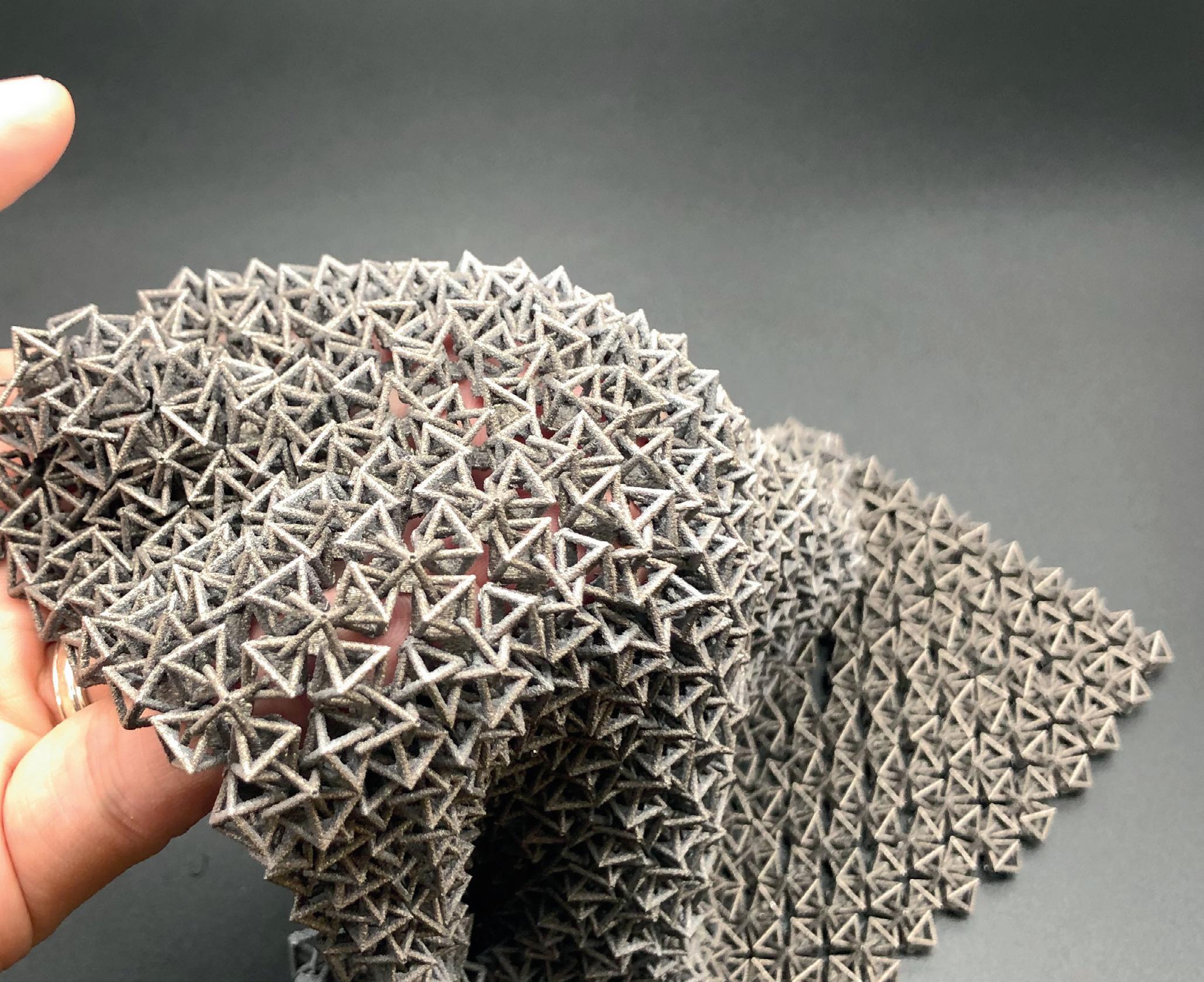
13 minute read
‘CHAIN MAIL’ FABRIC CAN STIFFEN ON DEMAND
Scientists from Nanyang Technological University, Singapore (NTU Singapore) and the California Institute of Technology (Caltech) have developed a chain mail fabric that is flexible like cloth but can stiffen on demand.
Described in the journal Nature, the lightweight fabric is 3D-printed from nylon plastic polymers and comprises hollow octahedrons (a shape with eight equal triangular faces) that interlock with each other. When the soft fabric is wrapped within a flexible plastic envelope and vacuum packed, it turns into a rigid structure that is 25 times stiffer or harder to bend than when relaxed.
The scientific concept behind the variable-stiffness fabric is called ‘jamming transition’. This is a transition in which aggregates of solid particles switch from a fluid-like soft state to a solid-like rigid state, with a slight increase in packing density — similar to the stiffening behaviour in vacuum-packed bags of rice or beans. However, typical solid particles are usually too heavy and do not provide enough tensile resistance for wearable applications.
In their research, the authors designed structured particles — where each particle is made of hollow frames — in the shape of rings, ovals, squares, cubes, pyramids and different shapes of octahedrons that are then interlocked together. These structures, known as topologically interlocked structures, can then be formed into chain mail fabric that has a low density and yet high tensile stiffness, using state-of-the-art 3D printing technology to print them as a single piece.
They then modelled the number of average contact points per particle and how much each structure will bend in response to the amount of stress applied. The team discovered that by customising the particle shape, there was a trade-off between how much weight the particles will have versus how much the fabric can bend, and how to balance the two factors.
To add a way of controlling the stiffness of the fabric, the team encapsulated the chain mail fabric in a flexible plastic envelope and compacted the fabrics using a vacuum, which applies pressure from the outside. The vacuum pressure increases the packing density of the fabric, causing each particle to have more contact with its neighbours, resulting, for the octahedron-based fabric, in a structure that is 25 times more rigid. When formed into a flat, table-shaped structure and vacuum locked in place, the fabric could hold a load of 1.5 kg — more than 50 times the fabric’s own weight.
In another experiment, the team dropped a small steel ball (30 g, measuring 1.27 cm in diameter) onto the chain mail at 3 m/s. The impact deformed the fabric by up to 26 mm when it was relaxed, but by only 3 mm when it was stiffened, a six times reduction in penetration depth.
The lead author of the paper, NTU Assistant Professor Wang Yifan, said the research has fundamental significance as well as industrial relevance and that it could lead to a new platform technology with applications in medical and robotic systems that can benefit society.
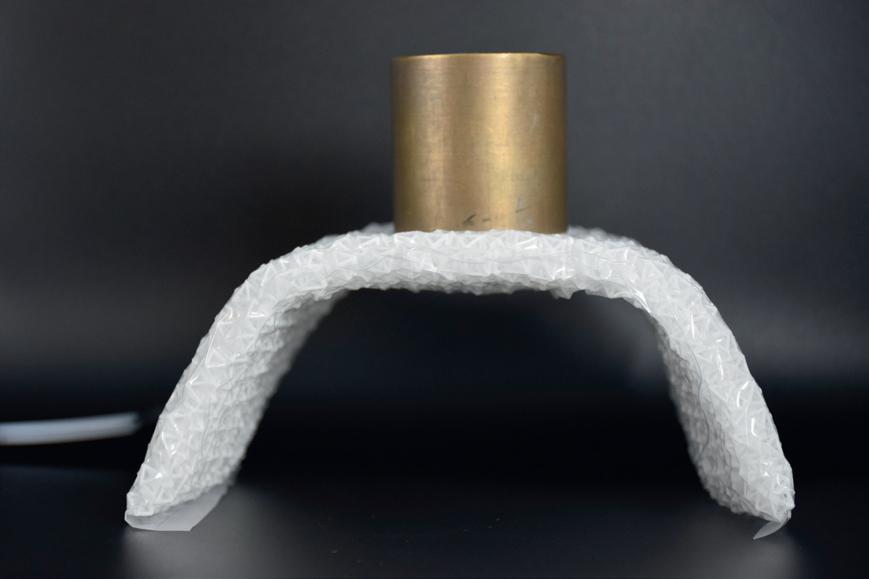
When stiffened, the new chain mail fabric can withstand up to 50 times its own weight.
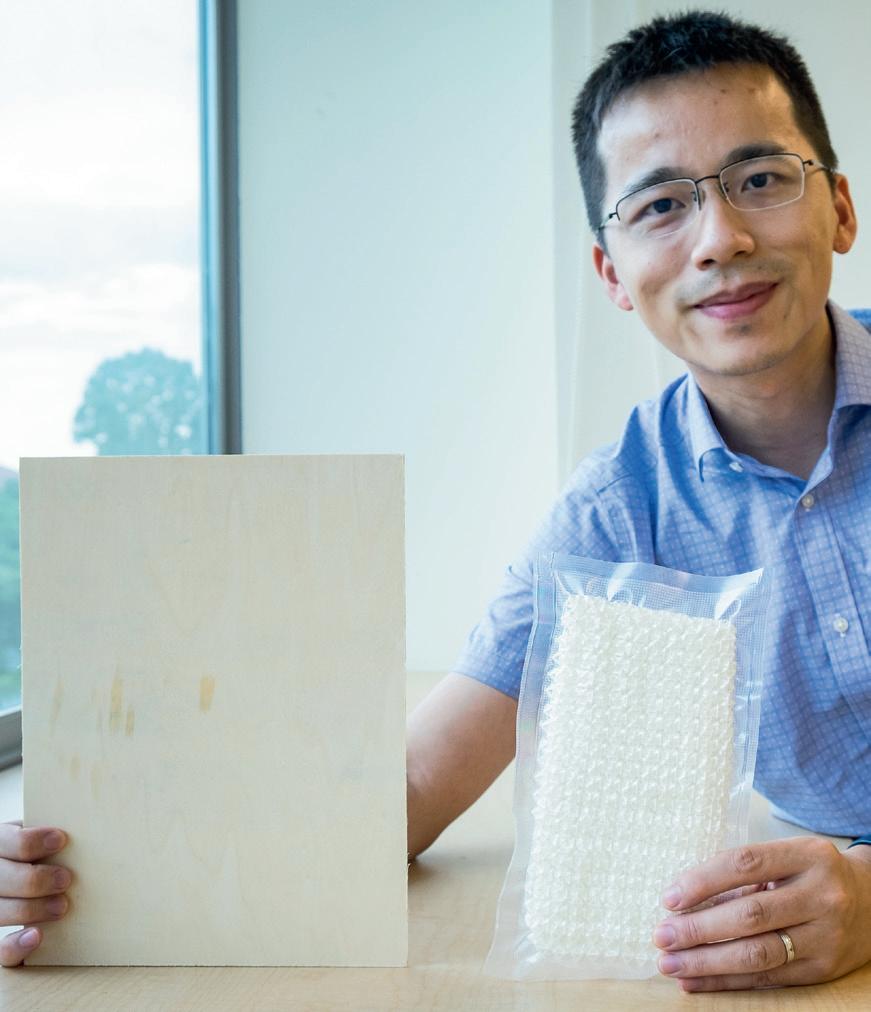
Asst Prof Wang Yifan comparing the stiffened chain mail fabric in his left hand to a piece of wood in his right hand.
“With an engineered fabric that is lightweight and tuneable — easily changeable from soft to rigid — we can use it to address the needs of patients and the ageing population, for instance, to create exoskeletons that can help them stand, carry loads and assist them with their daily tasks,” said Asst Prof Wang, who started the research when he was a postdoc researcher at Caltech.
To show the possibilities of their fabric concept using different source material, the team 3D-printed the chain mail using aluminium and demonstrated that it has the same flexibility and ‘soft’ performance as nylon when relaxed and yet it could also be ‘jammed’ into structures that are much stiffer compared to nylon due to aluminium’s higher stiffness and strength.
These metallic chain mails could be used in applications such as body armour, where they must protect against hard and high-speed impacts from sharp objects. In such a case, the encapsulation or envelope material could be made from aramid fibres, commonly known as Kevlar, used as a fabric in bulletproof vests. Metallic variants could also be used for larger-scale industrial applications requiring higher load capacity, such as bridges or buildings.
Moving forward, the team is looking to improve the material and fabric performance of their chain mail and to explore more methods of stiffening it, such as through magnetism, electricity or temperature.
“We wanted to make materials that can change stiffness on command,” said Caltech Professor Chiara Daraio, corresponding author on the study. “We’d like to create a fabric that goes from soft and foldable to rigid and load-bearing in a controllable way.”
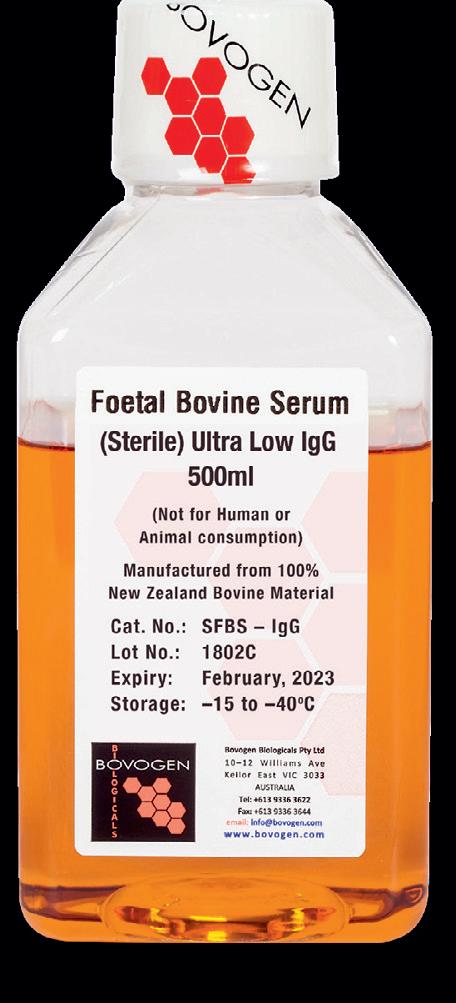
Automated protein determination systems
For the determination of nitrogen and protein in food, there are different established methods. As well as the classic Kjeldahl method, nowadays the faster Dumas method has become more and more accepted. This can be seen from the fact that the Dumas method is indicated as an additional reference method in various international standards. C. Gerhardt provides users with two options for automated protein analysis: Kjeldahl analysis with VAPODEST and Dumas analysis with DUMATHERM.
The VAPODEST 500 C has everything onboard for fully automated Kjeldahl analysis, which is still the universal reference method for all sample matrices. Designed for continuous operation with large sample numbers, the system is equipped with an autosampler to do 20 analyses in series. Titration during distillation reduces the analysis time, while the system’s intelligent monitoring and components are said to meet the highest safety standards.
The DUMATHERM N Pro meanwhile offers rapid Dumas (combustion) analysis within 3 min, with a system that handles up to a 156-position autosampler. Exhaust equipment is not required for the virtually chemical-free process, which also has low usage of consumables and low gas consumption, consuming 50% less helium than other systems according to the company. Components are easily accessible and maintenance can be carried out within a few minutes.
Bio-Strategy Pty Ltd www.bio-strategy.com
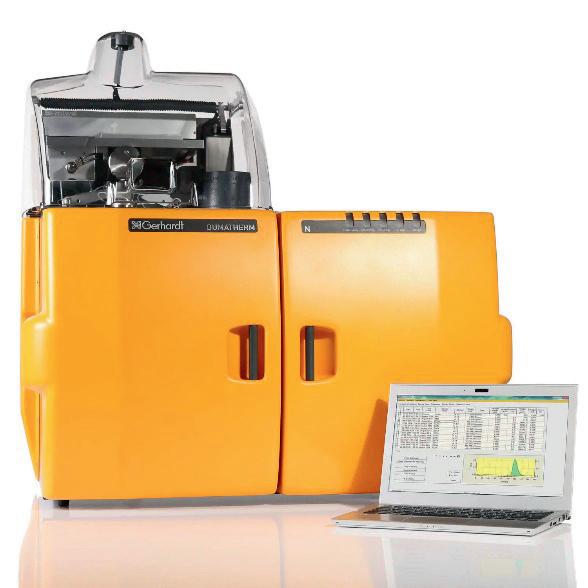
Fume hood scrubber
HEMCO’s Inline Fume Scrubber can be used for removing highly corrosive and acid fumes from individual laboratory fume hoods. The compact scrubber is constructed of chemical-resistant materials and features a vertical venture design.
The scrubber requires a low 30.28 L/h of water for operation. There are no moving parts and a complete recirculation system option is available, including recirculation tank and pump, pH controls, feed tubing, and chemical feed tank and pump.
HEMCO Corporation www.hemcocorp.com
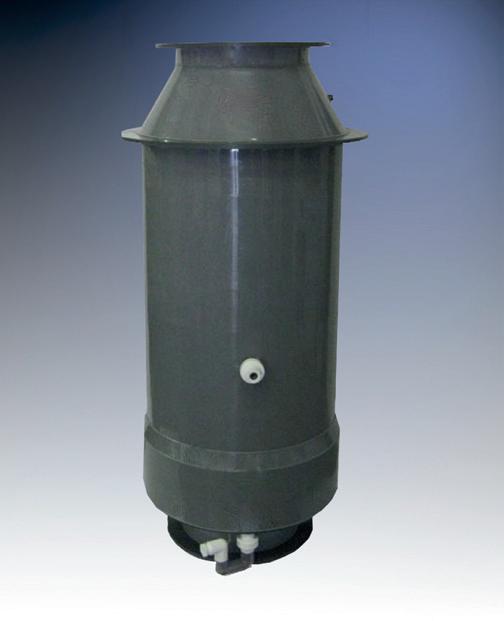
Isolation of V5-tagged proteins
ChromoTek has introduced the V5-Trap, which is a Nanobody or VHH coupled to agarose, magnetic agarose and magnetic beads for immunoprecipitation (IP) and co-IP of V5-tagged proteins.
The V5-tag is derived from the P and V proteins of Simian virus 5 (SV5 — a paramyxovirus) and is a popular epitope tag for the capture and detection of V5tagged proteins in yeast, bacteria, insect and mammalian cells. The V5-tag may be fused to either the N-terminus or C-terminus of a protein or be internal. The short linear peptide sequence of the V5-tag is GKPIPNPLLGLDST and has a size of about 1.4 kDa.
Benefit for IP include: very low background; no heavy and light antibody chains in gel; high specificity and high binding capacity; high stability even under harsh washing conditions; compatibility with N- and C-terminal and internal V5-tag; effective elution with V5-peptide; and the recombinant Nanobody enables consistent results.
The V5-Trap is a convenient, well-characterised and high-performing tool; it is ready to use for fast and specific IP of V5-tagged proteins. It is compatible with downstream applications including mass spectrometric (MS) analysis, ELISA and enzymatic assays. V5-Trap’s pulldowns provide pure extracts of V5-tagged protein without contaminating heavy and light chain peptides as can occur with the use of conventional antibodies. Effective elution of bound V5-tagged proteins can be conducted under denaturing conditions (for SDS-PAGE/WB, MS) or under gentle, native conditions using V5-peptide.
BioNovus Life Sciences www.bionovuslifesciences.com.au
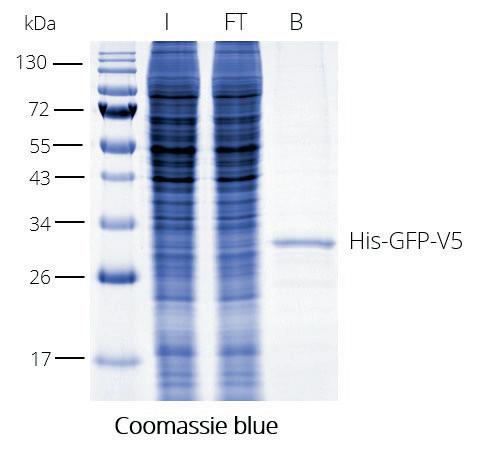
Electrostatic Spray Drying of High Oil Load Emulsions and Heat Sensitive Materials
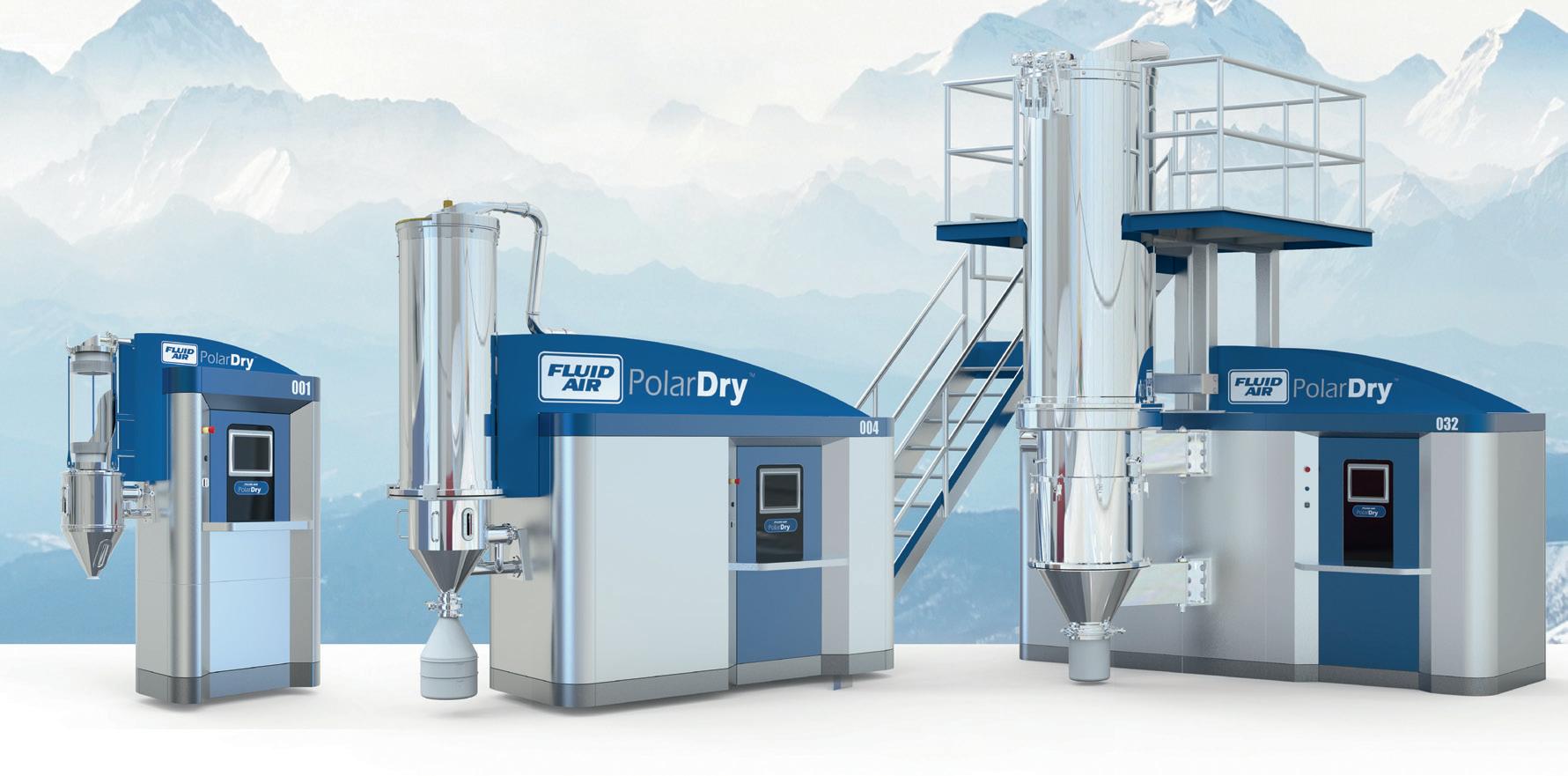
Preservation of biological material is often achieved by removing free water and lowering water activity. In commercial settings, this is predominantly possible by using established technologies such as high-heat spray drying and low-temperature freeze drying. Both are effective; however, each technique is also limited to specific applications.
Spray drying for example operates at high temperatures and is unsuitable for drying biologically active material susceptible to thermal degradation. Living cells, microorganisms and many active ingredients often result in denaturation, product degradation and loss of quality when heated above specific temperatures. The commercially viable alternative to high-heat spray drying is sub-zero freeze drying. Although the technology is well established in the preservation of microbiological samples and other biological materials, the operating temperatures are so low that they cause damage to some materials. The underlying limitation of commercial freeze drying is generally not temperature related but rather batch processing, thereby limiting throughput.
There is a clear need for continuous, nonbatch commercial-scale drying technologies that maintain a product’s thermal integrity. This gap in process capability was recently filled by the PolarDry® range of electrostatic spray dryers. By delivering an electrostatic charge during the atomisation process of liquid droplets, water is evaporated at lower temperatures than possible in traditional highheat spray drying. Electrostatic spray drying is an innovative approach combining gas-liquid atomisation and electrostatic charge. Heat transfer to the atomised droplets is based on latent heat transfer, allowing powders to be dried at temperatures as low as 30°C.
Successful applications include the drying of biological solutions such as colostrum and lactoferrin where there is no loss in biological activity. Other suitable applications include the drying of microalgae and living microorganisms. Probiotic microorganisms, agricultural bacteria and various other species associated with the human microbiome have been dried successfully using a polysaccharide carrier to obtain >50% bio-mass to dry-mass ratio. Survival post-drying is generally high with expected viable losses of approximately half a log reduction.
Unlike traditional high-heat spray drying, electrostatic spray drying takes place in an inert gas environment where oxygen is replaced by nitrogen. This expands applicability to oxygen sensitive materials and not only appeals to anaerobic microorganisms, but it is extremely well suited to spray drying of encapsulated oils. By electrostatic charging the active components base on polarity, the surface chemistry of the atomised droplets changes during the drying process and this becomes evident in resulting powders. In powders with high fat content, some of the surface fat is replaced by protein and carbohydrate. When using a carbohydrate carrier and protein stabiliser, oil retention in the powder reaches 60–80% (w/w). Interest in oil encapsulation is driven by the processing of highly volatile and unsaturated lipids, oil soluble flavour and aroma compounds, nutritional formulations and cannabinoid oils.
The future of food and nutraceutical manufacturing is driven by innovation, and high value-adding nutritional, functional and bioactive ingredients are key to sustainability. Consequently, the drive for high-quality ingredients also requires innovation in manufacturing technology necessary to support emerging markets and novel product development. PolarDry electrostatic spray dryers are developed to meet the demands and challenges associated with conventional spray- and freeze drying by providing alternative commercial solutions.
Designed and built in the US, the PolarDry commercial range of spray dryers was first launched in the US followed by Europe and Asia where sales have steadily grown in the years following market launch. Fluid Air Australia and New Zealand is excited to introduce the innovative PolarDry technology to the region with the support of a state-of-theart, fit-for-purpose research and development ISO certified facility located in Melbourne, Australia. Equipped with advanced analytical and electrostatic spray drying capability, the facility exists to support local manufacturers with R&D requirements.
For more information visit the Fluid Air website: https://bit.ly/3jLaMbw.

Spraying Systems Co Pty Ltd www.spray.com.au

IMMUNOPRECIPITATION WITH NANO-TRAPS
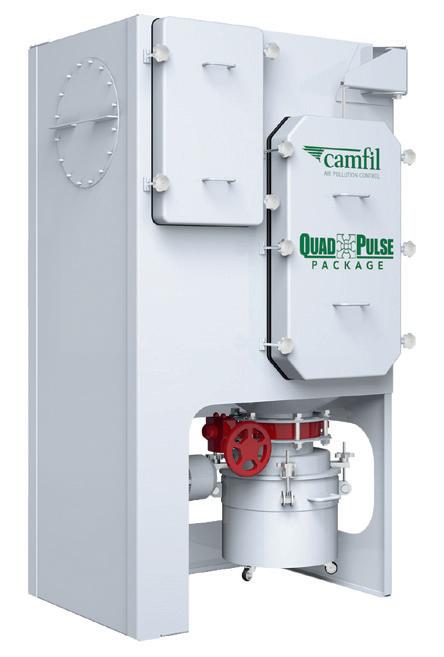
GFP-Trap® and RFP-Trap® are well established high quality tools for the fast, reliable and effi cient one-step isolation of green and red fl uorescent fusion proteins and their interacting factors. Nano-Traps are used for:
• Pulldowns/Immunoprecipitations • ChIP/RIP Analysis • Mass Spectrometry • Enzyme Activity Measurements
Nano-Traps consist of single polypeptide chain coupled to an immobilising matrix (agarose beads, magnetic particles, or magnetic agarose beads). The Nano-Traps have excellent binding properties and are produced with constant high quality without batch-to-batch variations.
GFP-Trap®, RFP-Trap®, Spot-Trap® and V5-Trap® are now available coupled to Magnetic Particles M-270:
These Nano-Traps are highly recommended when very large proteins/complexes are investigated, and magnetic separation is needed for IP. The Nano-Traps consist of anti-GHP, anti-RFP, antiSpot and anti-V5 VHH/Nanobodies coupled to Magnetic Particles M-270.
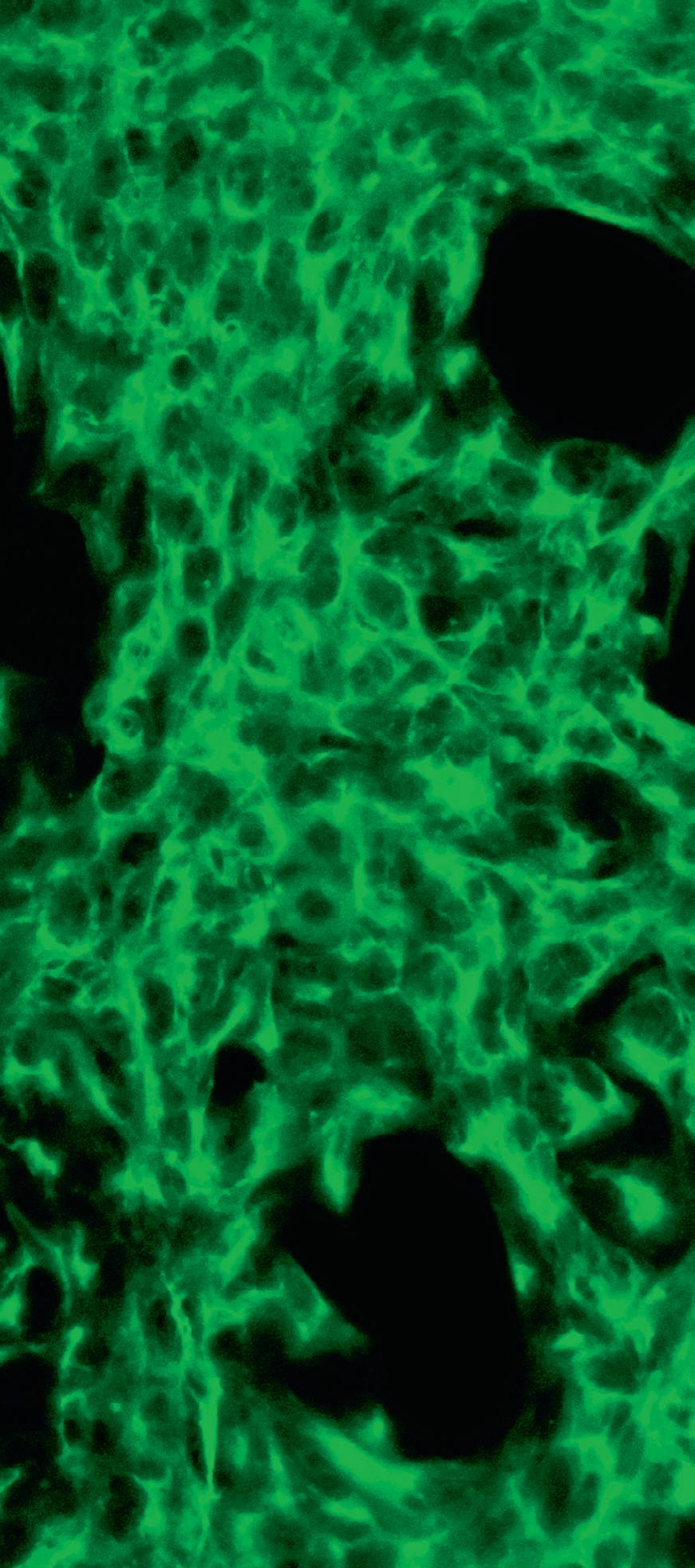
NEW iST Nano-Trap Kits Kit for IP/ Co-IP of GFP, RFP, mNeonGreen, Myc, Spot, TurboGFP, V5-tagged proteins & sample preparation for mass spectrometry (MS).
Applications/Advantages: • Identifi cation of fusion proteins & interacting partners by MS • Interactome studies • Superior processing of IP samples into clean peptide mixtures • Intuitive protocol for reproducible results
Other members of the Nano-Trap family: • Halo-Trap • MBP-Trap • Mdm4/HdmX-Trap • MK2-Trap • mNeonGreen-Trap • Myc-Trap • p53-C-term-Trap • p53-N-term-Trap • PARP1-Trap • RFP-Trap • SNAP/CLIP-tag-Trap • Spot-Trap • TurboGFP-Trap • V5-Trap
Experience the Alpaca Antibody Advantage
Ph: (02) 9484-0931 | Fax: (02) 9980-2162 Email: info@bionovuslifesciences.com.au www.bionovuslifesciences.com.au
Compact dust collector
Many processes in the pharmaceutical industry can produce hazardous dusts in high concentrations. Cleanable filter systems are sometimes necessary to facilitate continuous manufacturing processes, preventing regular filter replacements.
The Quad Pulse Package PX is a space-saving cleaning unit requiring a single primary HEPA filter cartridge. Camfil’s pleated filter technology provides good dust release, designed to enable extended filter service life and reduced filter replacement. The efficient, segmented design of the filter cartridge allows segmented cleaning during operation for production process and product quality control.
The Quad Pulse Package HEPA filter captures the fine dust particles and is a tested flame and contamination barrier. The compact and strong unit construction incorporates an explosion shock pressure-resistant design with specialised materials from the aerospace industry, enabling it to maintain its integrity with no damage during an explosion event with ST2 organic dust.
Suitable for hazardous dusts requiring full containment, the Quad Pulse Package also includes bag-in/bag-out filter safe change systems for all maintenance stages.
Camfil Australia Pty Ltd www.camfil.com.au
IHC workflow kits
The IHCeasy Ready-to-use IHC Kits from Proteintech are designed to provide all the antibodies and reagents required to stain tissue samples, including the primary antibody. Each kit’s protocol has been thoroughly optimised to provide the best staining for the user’s protein of interest, the company says. The reagents in the kit are supplied in ready-to-use dropper bottles — simply apply them directly to the tissue sample, and high-quality IHC data will be just a few steps away.
There are 40 kits currently available, targeting popular proteins such as BCL2, TDP-43, beta-catenin and CD13. Included reagents are: antigen retrieval buffer; blocking and wash buffer; primary and secondary antibody; dab chromogen; counter stain and signal enhancer; mounting media; and a fully optimised protocol.
United Bioresearch Products Pty Ltd www.unitedbioresearch.com.au
